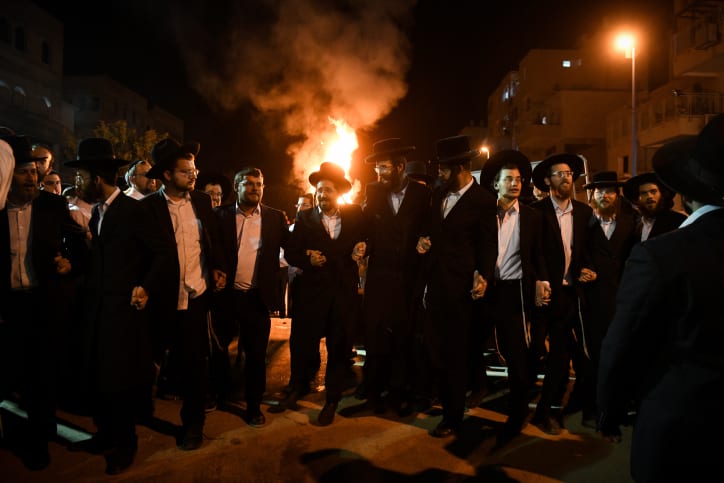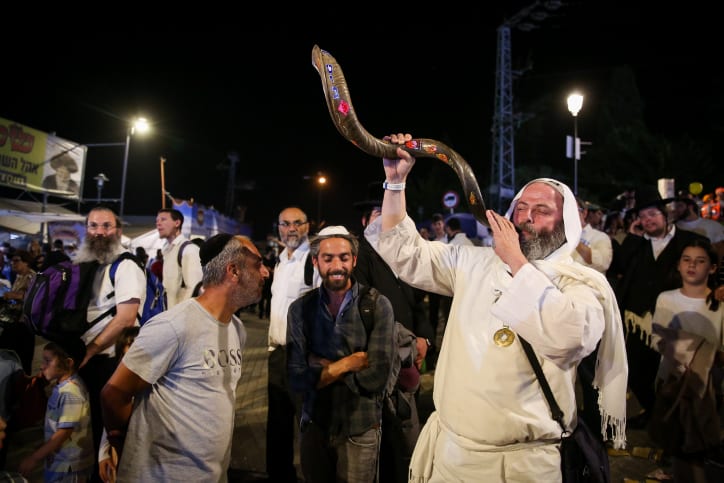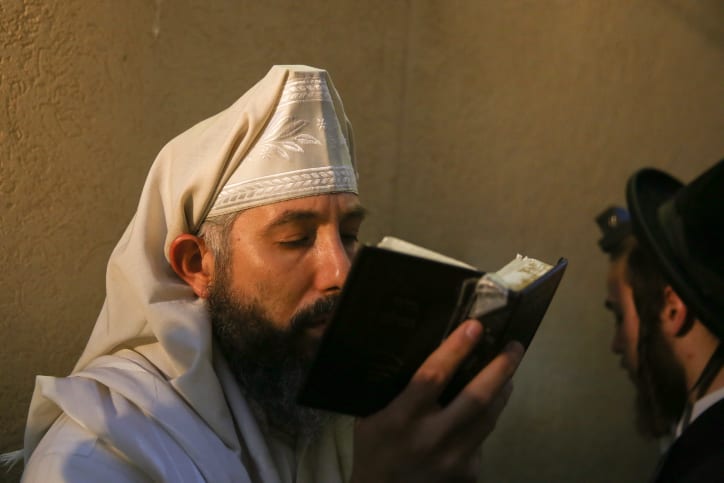On Wednesday night, the Israeli night was highlighted by bonfires as the holiday of Lag BaOmer, the 33rd day of the 49-day counting of the Omer between Passover and Shavuot.
It is a minor holiday celebrated on the 33rd day of the Omer, the 49-day period beginning the second night after Passover when a barley wave offering was presented in the Temple, and culminating in the holiday of Shavuot when an offering of two loaves of wheat bread were brought in the Temple. The name of the holiday is derived from its position in the counting of the Omer since ‘Lag’ is spelled by the two Hebrew letters lamed and gimel, which in gematria (Hebrew numerology) equal 33.
Jews are commanded to orally count the days in this period.
And from the day on which you bring the sheaf of elevation offering—the day after the Shabbat—you shall count off seven weeks. They must be complete. You must count until the day after the seventh week—fifty days; then you shall bring an offering of new grain to Hashem. Leviticus 23:14-15

Lag BaOmer is a bright spark of joy in the period of the Omer which is generally a period of lessened joy when weddings and other celebrations are forbidden. Ironically, it is a celebration commemorating the death of Rabbi Shimon Bar Yochai, a Jewish sage from the second century, known by the acronym Rashbi and who, according to tradition, wrote the Zohar, the basis of Kabbalah (Jewish mysticism). Normally, the passing of tzaddikim (holy men) is a source of sadness but, before passing away, the Rashbi instructed his students to remember his passing as a day of joy.

Many Jews celebrate the day with bonfires and barbecues. Mount Meron near Tzfat (Safed) is the focus of a mass pilgrimage with up to 250,000 people spending the night, praying and celebrating at the gravesite of the Rabbi Shimon Bar Yochai. Most Israeli schools are closed on Thursday, and nearly every available bus in the country is employed to bring worshippers to Meron. A makeshift central bus depot is setup just outside the village, divided into multiple, color-coded zones to direct thousands of buses to and from nearly every corner of Israel.






